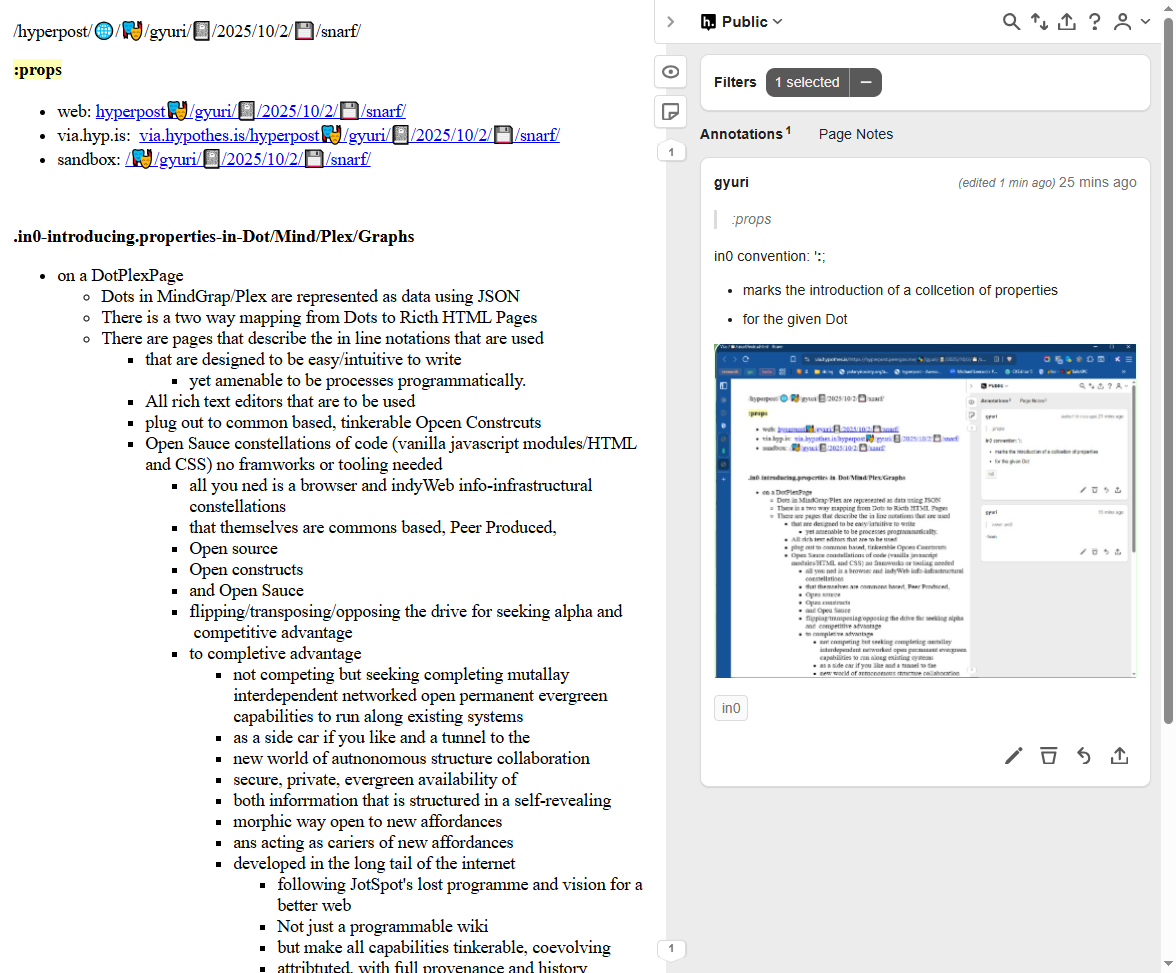Das gerichtliche Aktenzeichen dient der Kennzeichnung eines Dokuments und geht auf die Aktenordnung (AktO) vom 28. November 1934 und ihre Vorgänger zurück.[4]
The court file number is used to identify a document and goes back to the file regulations (AktO) of November 28, 1934 and its predecessors.
The German "file number" (aktenzeichen) is a unique identification of a file, commonly used in their court system and predecessors as well as file numbers in public administration since at least 1934.
Niklas Luhmann studied law at the University of Freiburg from 1946 to 1949, when he obtained a law degree, before beginning a career in Lüneburg's public administration where he stayed in civil service until 1962. Given this fact, it's very likely that Luhmann had in-depth experience with these sorts of file numbers as location identifiers for files and documents.
We know these numbering methods in public administration date back to as early as Vienna, Austria in the 1770s.
The missing piece now is who/where did Luhmann learn his note taking and excerpting practice from? Alberto Cevolini argues that Niklas Luhmann was unaware of the prior tradition of excerpting, though note taking on index cards or slips had been commonplace in academic circles for quite some time and would have been reasonably commonplace during his student years.
Are there handbooks, guides, or manuals in the early 1900's that detail these sorts of note taking practices?
Perhaps something along the lines of Antonin Sertillanges’ book The Intellectual Life (1921) or Paul Chavigny's Organisation du travail intellectuel: recettes pratiques à l’usage des étudiants de toutes les facultés et de tous les travailleurs (in French) (Delagrave, 1918)?
Further recall that Bruno Winck has linked some of the note taking using index cards to legal studies to Roland Claude's 1961 text:
I checked Chavigny’s book on the BNF site. He insists on the use of index cards (‘fiches’), how to index them, one idea per card but not how to connect between the cards and allow navigation between them.
Mind that it’s written in 1919, in Strasbourg (my hometown) just one year after it returned to France. So between students who used this book and Luhmann in Freiburg it’s not far away. My mother taught me how to use cards for my studies back in 1977, I still have the book where she learn the method, as Law student in Strasbourg “Comment se documenter”, by Roland Claude, 1961. Page 25 describes a way to build secondary index to receive all cards relatives to a topic by their number. Still Luhmann system seems easier to maintain but very near.
<small><cite class='h-cite via'>ᔥ <span class='p-author h-card'> Scott P. Scheper </span> in Scott P. Scheper on Twitter: "The origins of the Zettelkasten's numeric-alpha card addresses seem to derive from Niklas Luhmann's early work as a legal clerk. The filing scheme used is called "Aktenzeichen" - See https://t.co/4mQklgSG5u. cc @ChrisAldrich" / Twitter (<time class='dt-published'>06/28/2022 11:29:18</time>)</cite></small>
Link to: - https://hypothes.is/a/Jlnn3IfSEey_-3uboxHsOA - https://hypothes.is/a/4jtT0FqsEeyXFzP-AuDIAA

